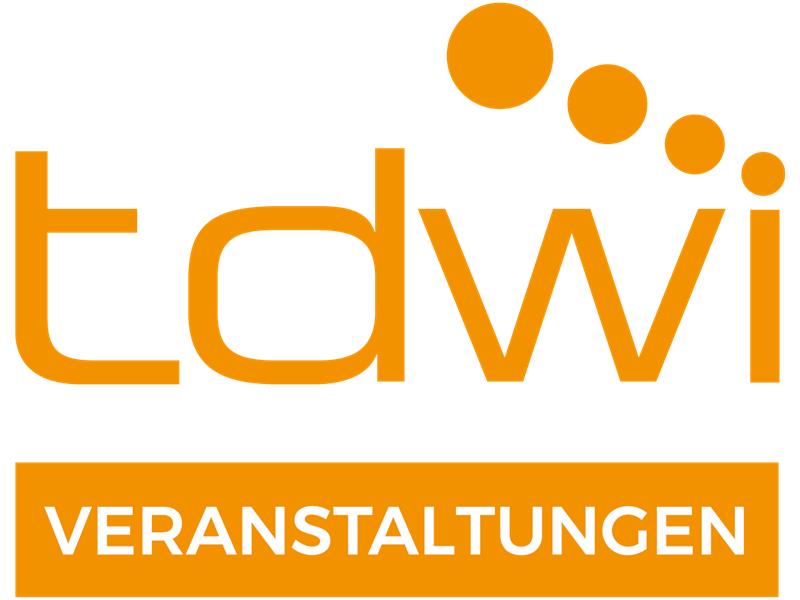
Please note:
On this site, there is only displayed the English speaking sessions of the TDWI München digital. You can find all conference sessions, including the German speaking ones, here.
The times given in the conference program of TDWI München digital correspond to Central European Time (CET).
By clicking on "EVENT MERKEN" within the lecture descriptions you can arrange your own schedule. You can view your schedule at any time using the icon in the upper right corner.
Track: #Data Architecture
- Dienstag
21.06.
In order to succeed in creating a data driven enterprise it is clear that choosing the right data architecture is now critical. This session explores the evolution of data and analytics architecture and looks at what is needed to shorten time to value and create a data driven enterprise. It looks at the pros and cons of data lake, lakehouse and data mesh architectures and asks: Is there a best approach? Is a lot more than this needed to succeed?
Target Audience: Data architects, CDOs, CAOs,…
The data lakehouse is the new popular data architecture. In a nutshell, the data lakehouse is a combination of a data warehouse and a data lake. It makes a lot of sense to combine them, because they are sharing the same data and similar logic. This session discusses all aspects of data warehouses and data lakes, including data quality, data governance, auditability, performance, historic data, and data integration, to determine if the data lakehouse is a marketing hype or whether this is really…
A popular new architecture for offering frictionless access to data is the data fabric. With a data fabric, existing transactional and data delivery systems are wrapped (encapsulated) to make all of them look like one integrated system. A data fabric enables all data consumers to access and manipulate data. Technically, data is accessed and used through services. But data fabrics cannot be bought, they need to be designed and developed. This session discusses key guidelines for designing data…
SWICA historically runs a data warehouse built by a centralized team and in parallel, multiple isolated solutions for domain specific analyses, which afford high maintenance and an extensive effort to stay compliant.
Modernizing our analytical environment, we are building a collaborative platform on MS Azure, utilizing the Data Mesh paradigms of data domain and data product.
We aim to deliver a managed data marketplace for all data domains to provide their data products on a modern platform with…

